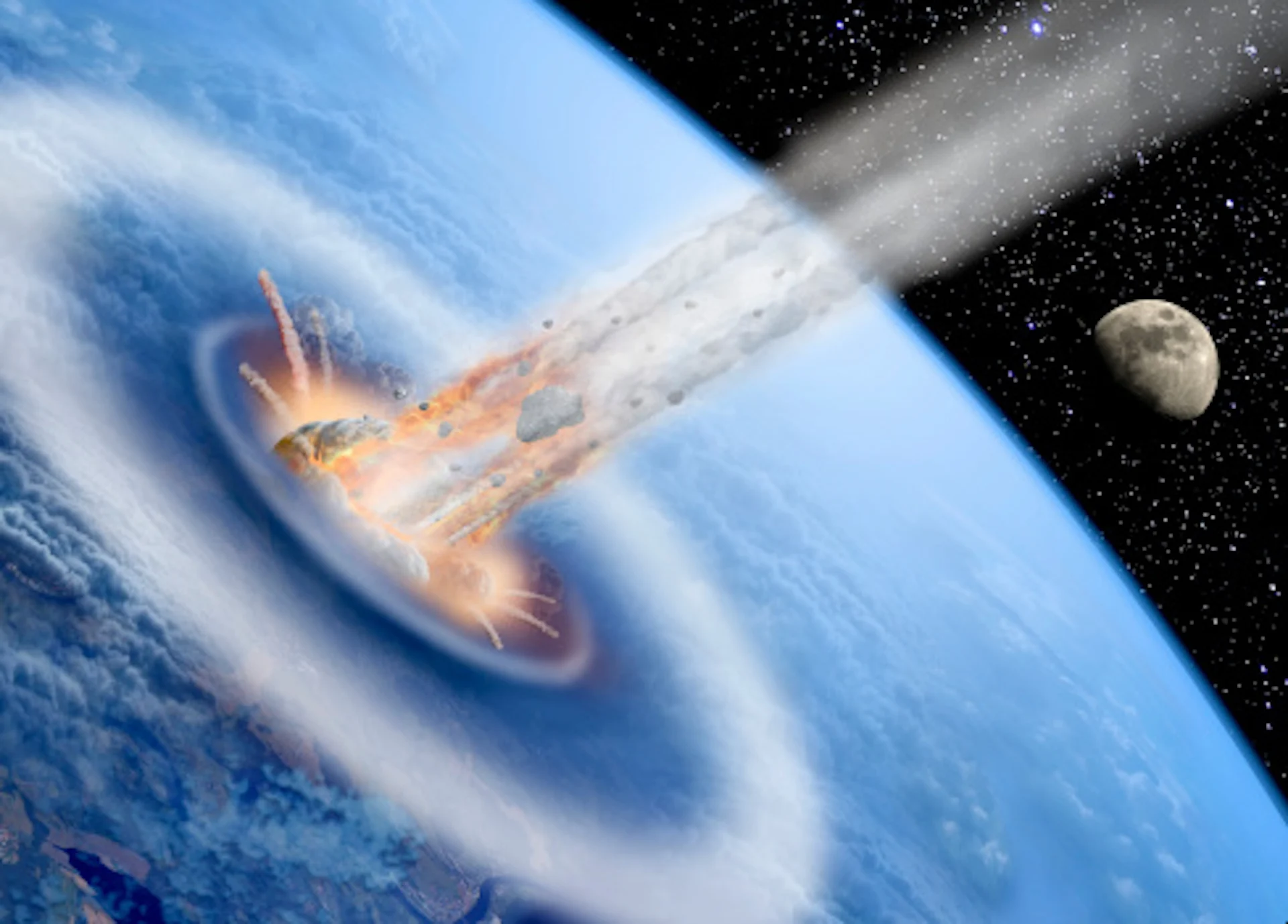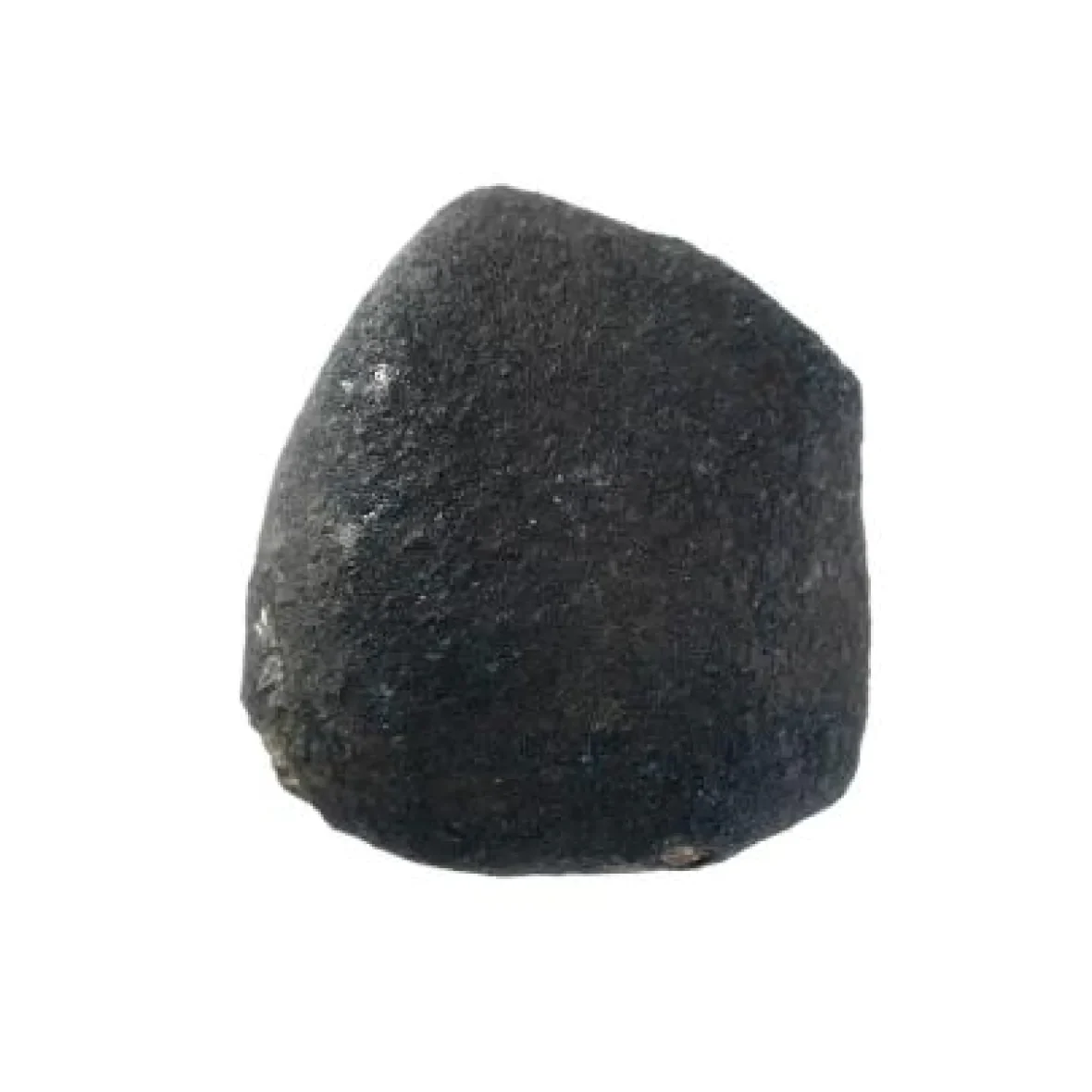
Scientists believe they now know where the dinosaur-killing asteroid came from
Roughly 66 million years ago, something massive slammed into our planet off the coast of what is now the Yucatán Peninsula. Estimated to be 10 to 15 kilometres in diameter, it created a 90-million-megatonne explosion, produced a planetary shock wave and a giant tsunami. And, as the leading theory goes, it was responsible for a mass extinction event, killing off the dinosaurs.
But there's always been debate as to what exactly it was: Was it a comet or an asteroid?
Now, a new study published in the journal Science has found that it was indeed an asteroid — particularly one called a carbonaceous type — that came from beyond the orbit of Jupiter.
SEE ALSO: All modern snakes evolved from a few survivors of Cretaceous mass extinction
The study's authors made the discovery by studying the isotope of ruthenium, a rare element that belongs to the platinum-group elements, or PGEs.
Ruthenium is one of the rarest elements on Earth, with only 0.001 parts per million. However, it's believed that there is much more of it in Earth's core. That's because as Earth was being formed 4.6 billion years ago with rocks slamming into one another, a molten sea destroyed much of it.

(Getty Images/516766578-170667a)
But it is contained in some asteroids, particularly those from beyond Jupiter, where it has been preserved in a sort of cold storage.
There is a lot of debris in our solar system, left over from its formation. Comets are dusty and icy remnants, whereas asteroids are mainly composed of rock. Every so often we get meteorites, or small pieces of rocks that fall to Earth. What scientists understand about the composition of asteroids mainly comes from these.
However, not all asteroids are made of the same material. There are three main composition classes of asteroids: C-types (carbonaceous); S-types (stony); and M-types (metallic).
Cosmic fingerprint
The asteroid that is believed to have killed off the dinosaurs impacted Earth 66 million years ago between the Cretaceous and Paleogene eras, known as the K-Pg boundary. While scientists can't study the asteroid itself, as it was destroyed, they can study the isotopes left behind — in this case, ruthenium.
"Isotopic signatures that we measure can be regarded as some sort of fingerprint," said lead author Mario Fischer-Gödde, who is also a scientist from the Institute of Geology and Mineralogy at the University of Cologne. "So if there's a huge impact, we vapourize rocks and the asteroid itself, but this fingerprint remains preserved."

(Submitted by Royal Ontario Museum via CBC News)
But they also looked at ruthenium isotopes in five other samples from the last 541 million years, as well as samples from those aged roughly 3.2 billion to 3.5 billion years old and another from two carbonaceous meteorites. And they also took measurements from sites in Europe where debris from the event can be found, known as distal sites.
They found that ruthenium isotopes from the K-Pg boundary closely matched the carbonaceous meteorites.
"All results clearly shows that no matter what site we are looking at ... they all gave consistently the same isotopic signature of a C-type asteroid material," said Fischer-Gödde. "So that's why we can be quite confident about this."
The paper rules out a comet, but Fischer-Gödde noted that we've yet to collect a sample from the core of a comet.
"I'm a scientist. I consider all possible outcomes, complexities and so on," he said.
Paul Wiegert, a professor at Western University's department of physics and astronomy in London, Ont., said he found the study, with which he was not involved, made a convincing argument.

(Puchan/Getty Images/159177563-170667a)
"It's a very interesting paper," said Wiegert.
He said the strong ruthenium signature is exactly what scientists expect to find in asteroids, thus finding it on Earth's crust is good evidence.
"I would say that it's it's pretty convincing," he said. "Ruthenium is very rare in most solar system objects. For example, in the crust of the Earth, it's quite rare.… I think they've made the link in a very convincing way."
Fischer-Gödde also looks at this finding philosophically.
"Having a large C-type asteroid impact in the more recent history of the Earth, let's say the last 500 million years … that's really a rare and unique occasion, and this event: We can call it a cosmic coincidence, but without this happening, probably we wouldn't be sitting here," he said.
"Our ancestors, they would probably have never dared to crawl out of their caves. They would have been eaten by the dinosaurs."
WATCH: Were snakes survivors of the dinosaur-killing asteroid?
Thumbnail courtesy of Puchan/Getty Images/159177563-170667a. It contains elements from NASA.
The story was originally written by Nicole Mortillaro and published for CBC News.










